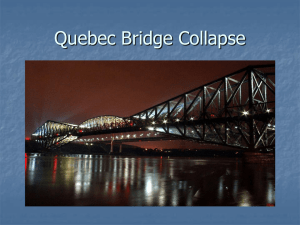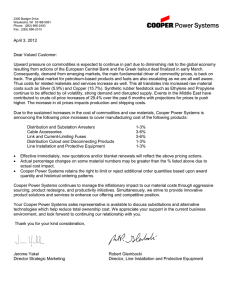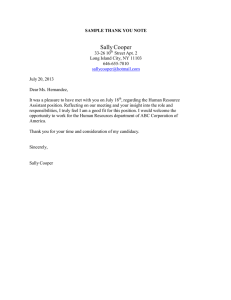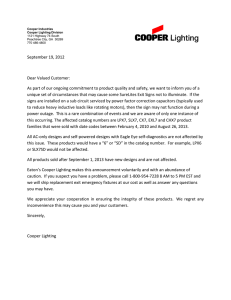The Quebec Bridge Collapses_13.pptx
advertisement
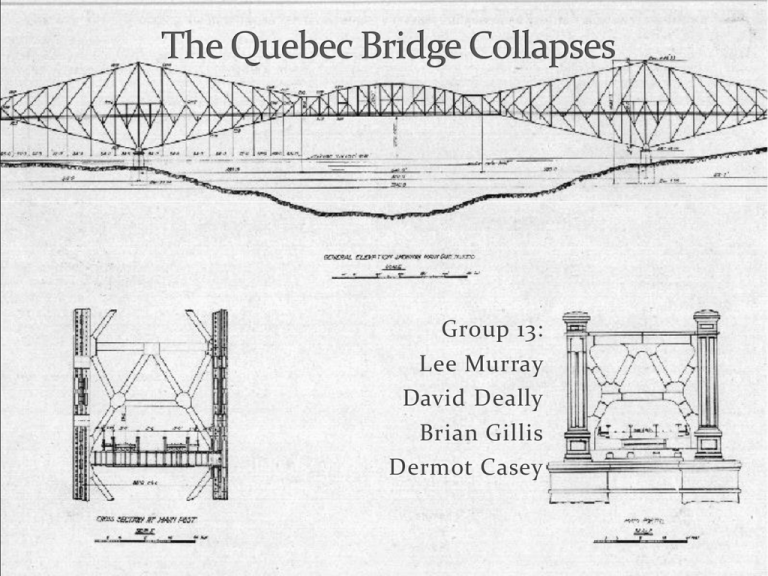
Group 13: Lee Murray David Deally Brian Gillis Dermot Casey Engineer of great renown Former Director of American Society of Civil Engineers Hugely experienced Unrivalled tender for consultancy role Project was to be his “crowning achievement” Proud, confident Quebec was isolated by the St. Lawrence River Limited finances Inexperienced chief engineer – Edward Hoare Tender by Phoenix Bridge Company Cooper: Phoenix tender “best and cheapest” option 1600ft cantilever span – longest in the world 1600ft span extended to 1800ft – reduced ice flow impact At least one year to be saved on construction time No recalculations done Specifications modified to reduce superstructure costs Approved immediately, without question No research or testing done on supporting massive span Quebec Company could not provide funds for research Assumed Cooper’s experience and authority sufficient Canadian Government funding provided Detailed drawings commissioned, rushed No re-computations of bridge weight done Cooper accepted Phoenix estimates Refused assistance of government engineers Cooper visited just 3 times – the last in 1903 Appointed new graduate Norman McLure as site engineer Cooper only authority to make decisions February 1906: Cooper is advised that steel in bridge was projected to be over 1million lbs over initial estimates August 1907: McLure advises horizontal compression members deflecting, unable to line up for rivetting – eventually members bent Phoenix Co insist chords bent on leaving shop, McLure insists bend has increased on site Aug 29th: Cooper sent word to Phoenix to cease works – ignored... No word sent to Quebec... 2 compression members failed Collapsed suddenly 75 killed Similar design, but 2 ½ times heavier Prefabricated central span dropped into river during placement 11 killed
